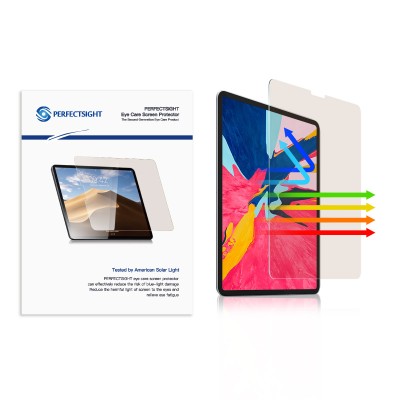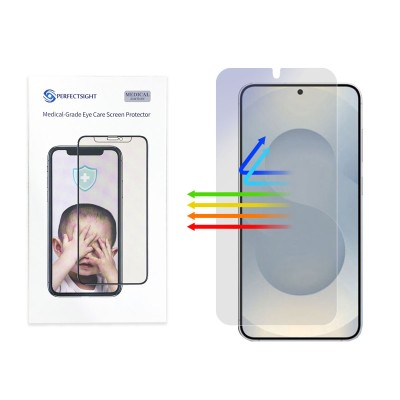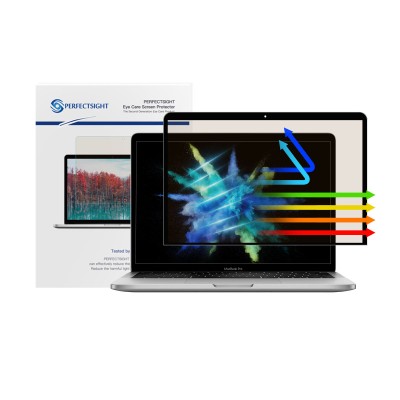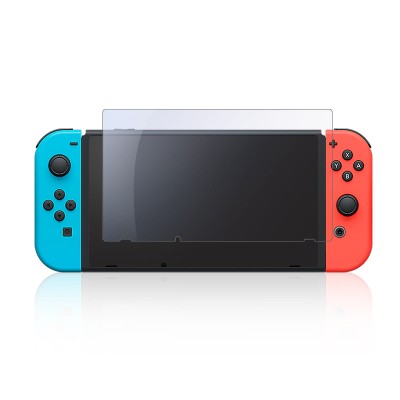How to Remove Glass Screen Protector from iPhone 16
A screen protector is an important accessory to protect your phone's screen from scratches and damage. But over time, it may develop bubbles, scratches, or wear, which may require replacement or removal.
Here are simple steps and tips for safely removing an iPhone screen protector:
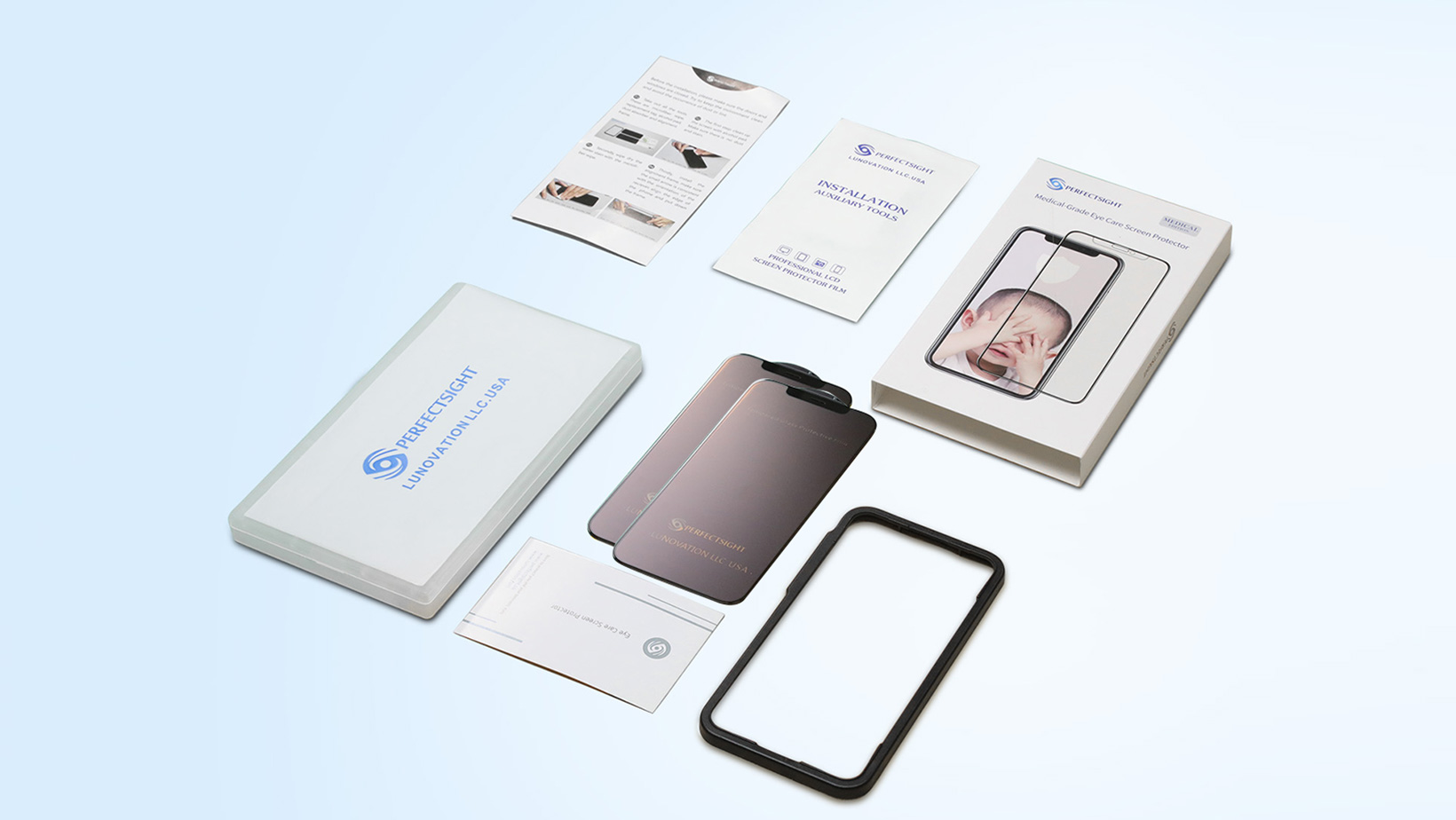
Step 1: Power Off Your iPhone
Before starting any procedure on your iPhone, it’s always a good idea to power off your device. This ensures there’s no accidental input while you work and also minimizes the risk of damaging your screen or components.
To power off your iPhone:
Press and hold the side button and one of the volume buttons (for iPhone X and newer) or the top button (for older models) until the slide to power off slider appears.
Slide the slider to turn off the phone.
Step 2: Clean the Area Around the Screen
To ensure a clean removal process, wipe down the screen and the edges of your iPhone with a microfiber cloth to remove any dirt or dust. This helps prevent dust from getting trapped between the screen protector and the iPhone screen during removal.
Step 3: Locate a Corner or Edge of the Screen Protector
Start by finding a corner or edge of the glass screen protector. The easiest spots to begin lifting the protector are usually the edges or corners, where it’s not fully adhered to the screen. If the protector is cracked, you may be able to lift one of the pieces using the broken edges.
Tip: If the protector is stubborn and hard to lift, you can gently apply a small piece of adhesive tape along one of the edges of the screen protector. Press the tape down and use it to pull the protector off.
Step 4: Pry Up the Protector Using a Plastic Pry Tool
Once you have a small corner or edge lifted, use a plastic pry tool or a thin plastic card to gently slide under the protector. Be cautious not to use anything sharp or metal, as this could scratch your iPhone screen.
Gently slide the pry tool under the edge of the screen protector. Apply light pressure to avoid damaging the screen or bending the protector too much.
Slowly work your way around the edges, lifting the protector gradually. Try to lift it in one smooth motion rather than forcing it off quickly, which could cause cracks or break the protector into smaller pieces.
Step 5: Remove the Protector Completely
Once you’ve lifted the screen protector far enough, you should be able to peel it off completely. If the protector is intact, you can carefully pull it away from the screen. If the protector has cracked or shattered, you may need to carefully remove each broken piece.
Tip: If the protector shatters into many small pieces, use a pair of tweezers to remove each shard carefully. Make sure not to scratch or damage the screen during this process.
Step 6: Clean the Screen
After you’ve removed the glass protector, take a moment to clean the iPhone screen using a microfiber cloth to remove any dust, fingerprints, or adhesive residue that may remain. It’s essential to have a clean screen before applying a new screen protector.
If there is any sticky residue left from the adhesive of the old protector, you can use a small amount of isopropyl alcohol on the cloth to gently clean the screen. Be careful not to apply too much liquid to avoid any damage to the device.
Step 7: Inspect the Screen
After cleaning, inspect your iPhone’s screen for any scratches, scuffs, or damage that may have occurred while using the previous protector. If your screen is in good condition, you can proceed with applying a new protector.
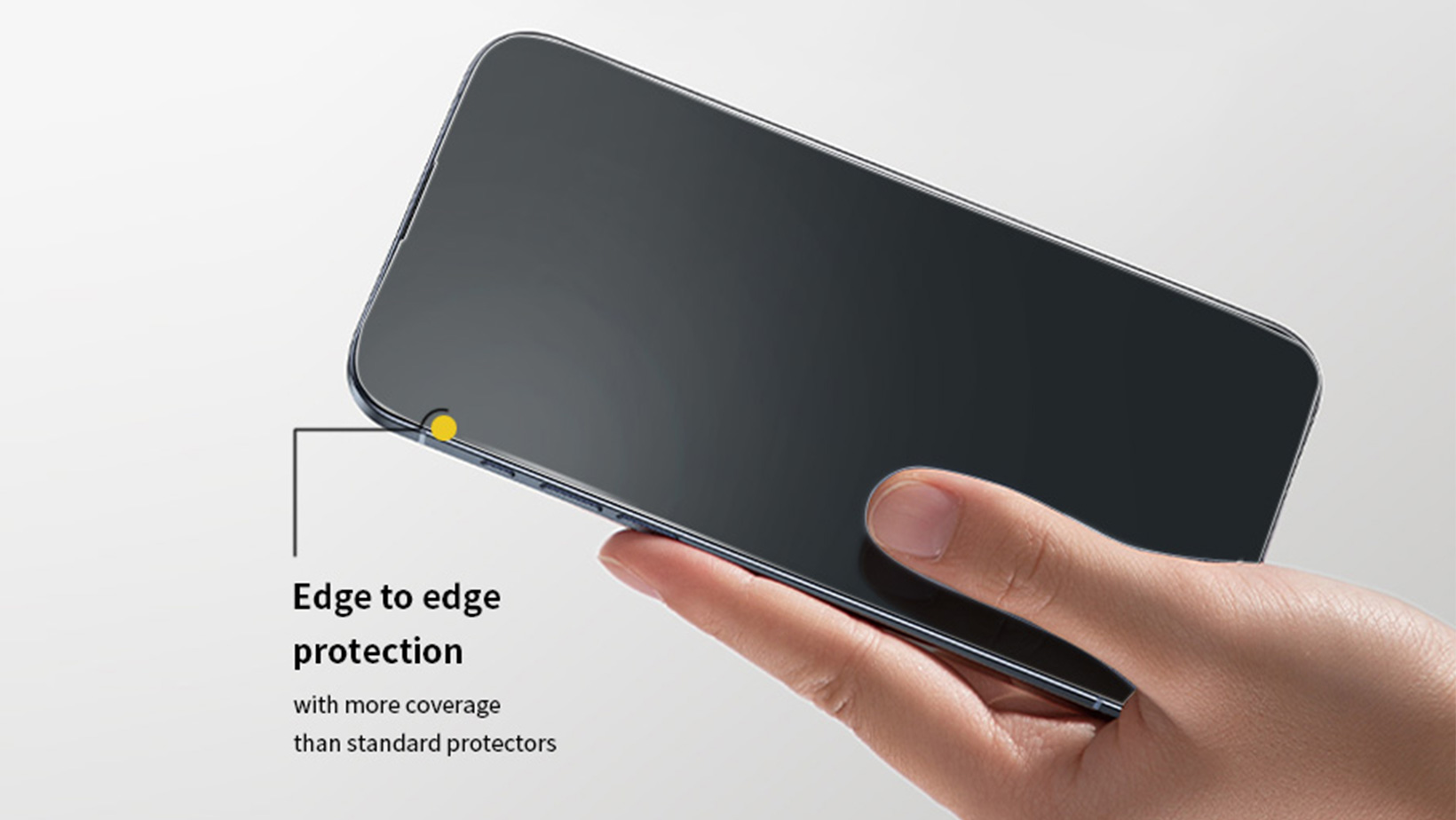
Tips:
Regularly Replace the Screen Protector: To maintain its effectiveness, consider replacing the screen protector every 6 to 12 months.
-400x400.jpg)
